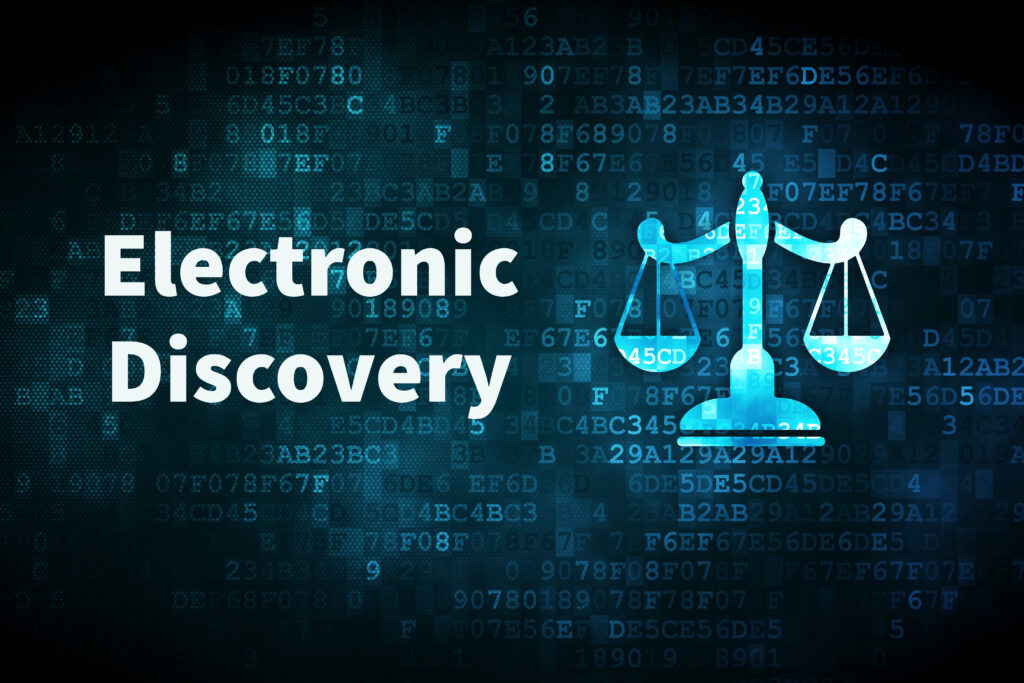E-discovery is a form of digital investigation that attempts to find evidence in email, business communications and other data that could be used in litigation or criminal proceedings. The traditional discovery process is standard during litigation, but e-discovery is specific to digital evidence.
It refers to discovery in which the information sought is in electronic format. This data is typically called electronically stored information or ESI.
How Does E-Discovery Work
One thing to know right off the bat is that e-discovery is not a single action – like taking a deposition or filing a motion. Rather e-discovery is a process comprised of many linked actions that begins when a lawsuit is reasonably foreseeable and lasts until documents are presented in court (in the event the case actually goes to trial).
Once litigation is reasonably foreseeable, potential litigants the legal duty to preserve potentially relevant ESI. Attorneys from both sides determine the scope of e-discovery, identify and preserve the relevant ESI, and make e-discovery requests and challenges of the opposing. Once parameters are set, ESI is then collected, analyzed, and formatted for use in court. While that description sounds simple, e-discovery is a dynamic, complex process that poses challenges to legal and IT teams alike. However, as e-discovery technology has matured, it is possible now to manage e-discovery from the requirement to preserve to document production in a single technology platform.



